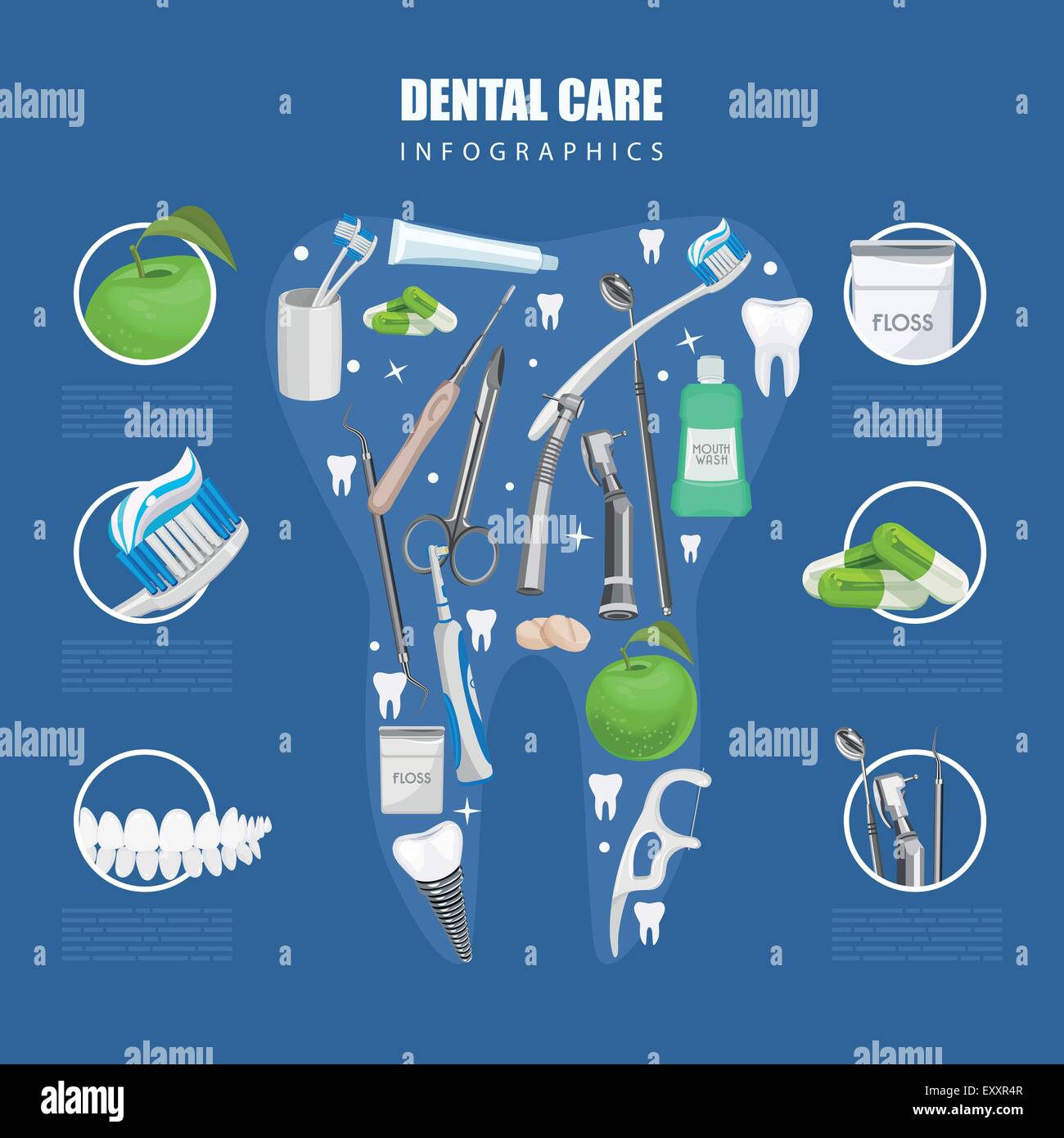Learn About The Cutting-Edge Developments That Are Reinventing The Practice Of Dental Surgery. Check Out The Future Of This Area And Position Yourself Advantageously. Click Currently For A Look Into The Future
Learn About The Cutting-Edge Developments That Are Reinventing The Practice Of Dental Surgery. Check Out The Future Of This Area And Position Yourself Advantageously. Click Currently For A Look Into The Future
Blog Article
Material Create By-Petersson Guerra
Invite to the globe of oral surgery, where innovations and advances are shaping the future of the field! In this amazing realm, you'll witness the transformative power of robotics, the innovative marvel of 3D printing, and the game-changing effect of minimally invasive methods.
The future of dental surgery holds an assurance of accuracy, efficiency, and improved person outcomes. With the help of advanced robotics, doctors are able to carry out complicated treatments with higher precision and control.
3D printing modern technology is reinventing the production of oral implants and prosthetics, providing customized services that fit seamlessly right into each patient's distinct makeup.
Furthermore, minimally intrusive methods are minimizing post-operative discomfort and healing time, permitting patients to return to their day-to-days live faster.
Get ready to check out the interesting innovations and breakthroughs that are improving the landscape of oral surgery!
Innovations in Robotics
One major advancement in oral surgery is making use of robot innovation, which permits exact and reliable surgeries. With the help of robotic systems, dental cosmetic surgeons have the ability to perform complicated surgical procedures with enhanced precision, lessening the danger of human error.
These robot systems are geared up with innovative imaging technology and exact instruments that allow doctors to navigate through intricate anatomical frameworks easily. By using robotic modern technology, surgeons can accomplish higher surgical precision, causing boosted client outcomes and faster recuperation times.
Additionally, the use of robotics in oral surgery permits minimally intrusive procedures, decreasing the trauma to bordering tissues and promoting faster healing.
3D Printing in Oral Surgery
To boost the field of oral surgery, you can explore the subtopic of 3D printing in oral surgery. This cutting-edge modern technology has the prospective to revolutionize the means dental specialists run and treat clients. Below are 4 key ways in which 3D printing is forming the area:
- ** Customized Surgical Guides **: 3D printing allows for the production of extremely accurate and patient-specific surgical overviews, enhancing the precision and efficiency of procedures.
- ** Implant Prosthetics **: With 3D printing, dental specialists can develop customized implant prosthetics that perfectly fit a patient's unique composition, resulting in far better results and patient complete satisfaction.
- ** Bone Grafting **: 3D printing makes it possible for the production of patient-specific bone grafts, decreasing the need for typical grafting methods and enhancing recovery and recovery time.
- ** Education and learning and Educating **: 3D printing can be utilized to develop sensible medical models for academic objectives, permitting dental doctors to practice complicated procedures prior to performing them on people.
With https://www.nyu.edu/about/news-publications/news/2022/april/penicillin-allergy-dental-implant.html to enhance accuracy, personalization, and training, 3D printing is an exciting growth in the field of dental surgery.
Minimally Invasive Strategies
To even more advance the area of oral surgery, accept the capacity of minimally invasive strategies that can considerably profit both specialists and individuals alike.
Minimally invasive techniques are changing the area by decreasing surgical trauma, minimizing post-operative pain, and speeding up the recuperation process. These techniques involve making use of smaller sized lacerations and specialized tools to carry out procedures with precision and efficiency.
By using sophisticated imaging innovation, such as cone light beam computed tomography (CBCT), specialists can properly plan and implement surgical treatments with very little invasiveness.
Additionally, the use of lasers in dental surgery permits precise tissue cutting and coagulation, causing minimized blood loss and reduced healing time.
With minimally invasive strategies, people can experience much faster recuperation, lowered scarring, and enhanced results, making it an essential element of the future of dental surgery.
https://jaredfzrkd.vblogetin.com/38630925/five-common-fallacies-bordering-oral-surgery-dispelled , as you can see, the future of dental surgery is exceptionally promising, with amazing advancements and developments forming the area.
From the improvements in robotics to using 3D printing and minimally intrusive strategies, dental cosmetic surgeons are revolutionizing the method they give care.
While some may bother with the possible price related to these innovations, it is essential to bear in mind that these technologies eventually enhance individual outcomes and reduce recovery time, making them well worth the investment in the long run.
